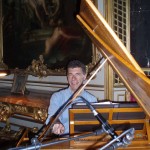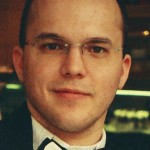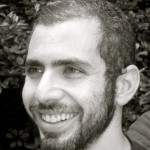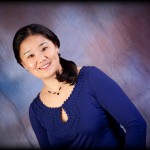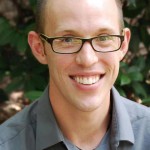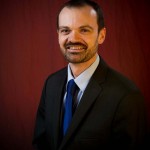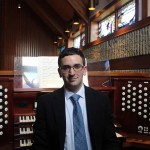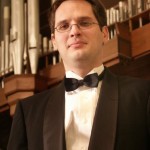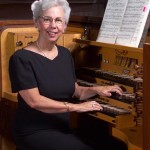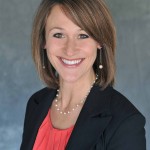The “Version” Problem in Bach’s Preludes and Fugues for Organ
Of fifteen preludes and fugues published in volumes 1 and 2 of the new Breitkopf und Härtel edition of Bach’s organ works, all but four exist in alternate versions. This paper sorts out early, alternate, and spurious versions as delineated in the new edition, and as they appear in older ones. It is intended to guide organists in selecting versions, some of them little-known, for performance and teaching, and to demonstrate issues involving performance, as well as specific readings in the musical text, including ornaments, tempo and meter, alternate movements, and use (or non-use) of pedals.
David Schulenberg is a musicologist and performer, specializing in the works of the Bach family. Author of The Keyboard Music of J.S. Bach and the textbook Music of the Baroque, he is also a contributor to the new complete edition of the works of C.P. E. Bach. His book The Music of W.F. Bach was published in 2010, and The Music of C.P.E. Bach is forthcoming in 2014. His chamber music recordings on harpsichord and fortepiano are issued on the Naxos and Hungaroton labels. He has taught at Wagner College and in the historical performance program at The Juilliard School.

